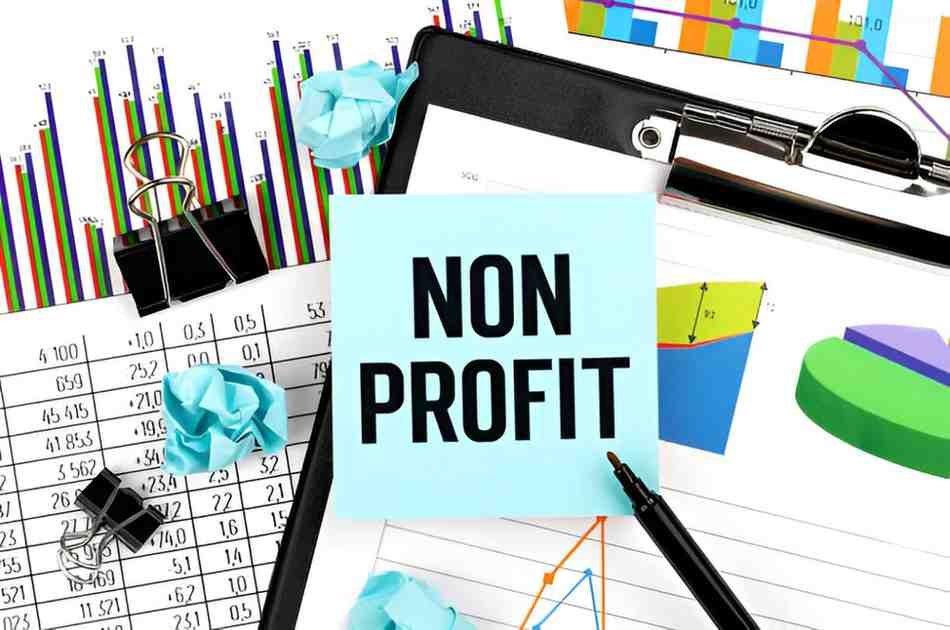Non-profit marketing often gets overlooked in discussions about organizational strategy, yet it plays a crucial role in driving mission success. Unlike for-profit businesses that focus on revenue generation, non-profits aim to maximize social impact. However, without effective marketing, even the most well-intentioned organizations struggle to gain visibility, attract donors, and engage volunteers. In this guide, I break down the fundamentals of non-profit marketing, explore key strategies, and provide actionable insights to help your organization thrive.
Table of Contents
What Makes Non-Profit Marketing Different?
Non-profit marketing differs from traditional marketing in several ways. While businesses sell products or services, non-profits “sell” a cause. The exchange isn’t transactional—it’s emotional and values-driven. Donors don’t receive a tangible product in return for their contribution; instead, they gain a sense of purpose.
Key Differences Between For-Profit and Non-Profit Marketing
| Aspect | For-Profit Marketing | Non-Profit Marketing |
|---|---|---|
| Primary Goal | Revenue and profit maximization | Social impact and mission fulfillment |
| Target Audience | Customers (buyers) | Donors, volunteers, beneficiaries |
| Value Proposition | Product/service benefits | Emotional and societal impact |
| Success Metrics | Sales, ROI, market share | Donations, engagement, awareness |
Understanding these differences helps shape an effective marketing strategy. Non-profits must focus on storytelling, trust-building, and demonstrating impact rather than pushing sales.
The Psychology Behind Non-Profit Donations
Why do people donate? Behavioral economics provides insights. The warm-glow effect suggests that donors experience personal satisfaction from giving, regardless of the actual impact. Another theory, social identity, explains that people donate to align with groups they identify with.
A study by the Journal of Consumer Research found that donors respond more to individual stories than statistics. For example, describing a single child’s struggle with hunger elicits stronger donations than stating “1 million children face food insecurity.” This emotional pull is critical in crafting compelling campaigns.
Essential Non-Profit Marketing Strategies
1. Storytelling with Impact
People connect with narratives, not numbers. A well-told story about a beneficiary’s journey creates empathy. Consider this example:
“Maria, a single mother of two, struggled to afford groceries. Thanks to donors like you, our food bank provided her family with meals for three months.”
This personal touch resonates more than saying, “We helped 500 families this year.”
2. Leveraging Digital Channels
Social media, email marketing, and SEO are powerful tools. Non-profits should:
- Optimize for SEO: Use keywords like “donate to hunger relief” or “volunteer opportunities near me.”
- Engage on Social Media: Share success stories, live Q&As, and donor shoutouts.
- Email Campaigns: Segment donors based on past contributions and tailor messages accordingly.
3. Building Trust Through Transparency
Donors want to know their money makes a difference. Provide clear financial breakdowns:
| Expense Category | Percentage of Donations |
|---|---|
| Program Costs | 85% |
| Administrative | 10% |
| Fundraising | 5% |
This reassures supporters that funds are used effectively.
4. Corporate Partnerships
Businesses often sponsor non-profits for CSR (Corporate Social Responsibility) benefits. A partnership can include:
- Matching Donations: The company matches employee contributions.
- Cause Marketing: A portion of sales goes to the non-profit.
For example, if a company pledges to donate \$1 per product sold, selling 10,000 units generates \$10,000 for the cause.
Measuring Success: Key Metrics
Non-profits must track performance to refine strategies. Essential metrics include:
- Donation Conversion Rate:
If 500 visitors result in 50 donors, the rate is 10\%.
Cost per Dollar Raised (CPDR):
\text{CPDR} = \frac{\text{Total Fundraising Costs}}{\text{Total Funds Raised}}If spending \$5,000 raises \$25,000, CPDR is \$0.20.
Donor Retention Rate:
\text{Retention Rate} = \left( \frac{\text{Donors Who Give Again}}{\text{Total Donors}} \right) \times 100Retaining donors is cheaper than acquiring new ones.
Challenges in Non-Profit Marketing
1. Limited Budgets
Many non-profits operate on tight budgets, making paid advertising difficult. Organic growth through SEO and social media becomes essential.
2. Donor Fatigue
Over-solicitation can lead to disengagement. Balance asks with gratitude—thank donors as much as you request support.
3. Regulatory Compliance
Non-profits must adhere to IRS guidelines on fundraising disclosures. Transparency builds trust and avoids legal pitfalls.
Final Thoughts
Non-profit marketing isn’t about selling—it’s about inspiring action. By focusing on storytelling, digital outreach, and transparency, organizations can amplify their impact. Whether you’re a small community group or a national charity, these strategies will help you connect with supporters and drive meaningful change.





